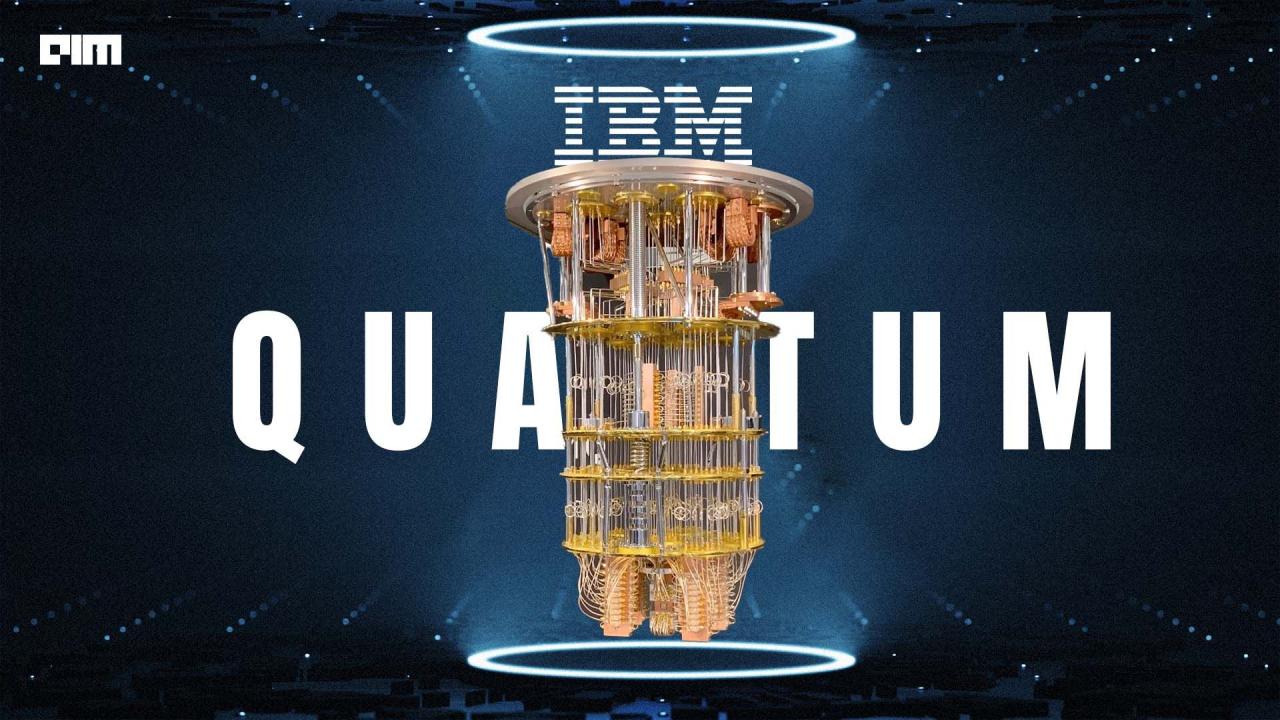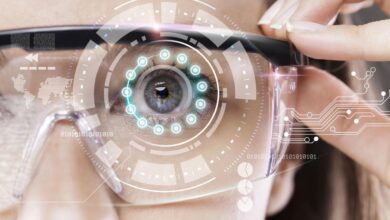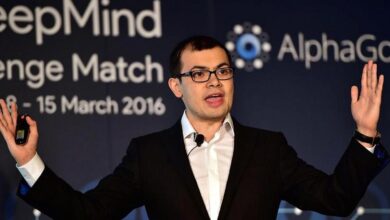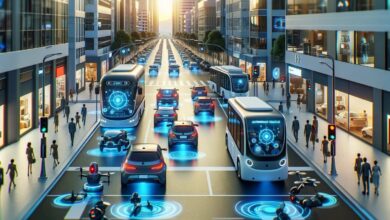The New Era of Quantum Computing

Unlocking the Power of Quantum Computing
For decades, the world has operated on the principles of classical computing, where data is encoded in bits—a series of ones and zeros. This system has powered our digital revolution, from smartphones to the internet itself. However, as the challenges we face become increasingly complex, the limitations of this traditional model are becoming clear. A new era is dawning, one that promises to solve problems once thought unsolvable. This is quantum computing, a revolutionary technology that harnesses the peculiar rules of quantum mechanics to process information in a fundamentally new way.
Quantum computers are not simply faster versions of our current machines. They operate on a completely different set of principles, allowing them to tackle problems that would take even the most powerful supercomputers billions of years to solve. This transformative power is poised to disrupt industries from medicine and finance to materials science and artificial intelligence. The race to build a practical quantum computer is one of the most significant technological quests of our time, and the implications for our future are staggering.
The Fundamental Concepts of Quantum Computing
To understand the power of quantum computing, you have to look beyond the classical bit. At the heart of this new technology are two key concepts that allow quantum computers to perform their magic.
A. Qubits: The Quantum Bit
Unlike a classical bit, which can only exist in a state of 0 or 1, a qubit (quantum bit) can exist in a superposition of both states simultaneously. This means a single qubit can hold more information than a classical bit. A system with multiple qubits can exponentially increase its computational power.
- Superposition: Imagine a spinning coin. A classical bit is like the coin when it has landed—either heads (1) or tails (0). A qubit, however, is like the coin while it’s still spinning, a state that is both heads and tails at the same time. It’s only when the measurement is taken that the superposition “collapses” into a definitive 0 or 1.
- Exponential Power: A system with just two qubits can be in four possible states at once (
). A system with 50 qubits can be in over a quadrillion states simultaneously (
). This exponential increase is what allows quantum computers to perform complex calculations in parallel.
B. Entanglement: The Quantum Connection
Entanglement is a phenomenon where two or more qubits become linked in such a way that the state of one instantly influences the state of the others, no matter how far apart they are. This “spooky action at a distance,” as Albert Einstein called it, is a core principle that quantum computers leverage.
- Instantaneous Communication: When two qubits are entangled, measuring the state of one instantly determines the state of the other. This interconnectedness allows quantum computers to perform complex, simultaneous operations across multiple qubits.
The Transformative Potential Across Industries
The unique capabilities of quantum computing are not just theoretical; they have the potential to revolutionize entire sectors by solving problems that are beyond the reach of classical computers.
- Medicine and Drug Discovery: Quantum computers can simulate the behavior of molecules with incredible accuracy. This can accelerate the development of new drugs by allowing researchers to test thousands of molecular combinations in a fraction of the time it would take using traditional methods. It could lead to cures for diseases like Alzheimer’s, cancer, and other complex illnesses.
- Materials Science: The ability to simulate molecular interactions could also lead to the creation of new materials with unprecedented properties. Imagine designing materials that are incredibly strong and lightweight for aircraft, or superconductors that can transport energy with zero loss.
- Artificial Intelligence and Machine Learning: Quantum computing could fundamentally change the field of AI. Quantum algorithms could process vast datasets far more efficiently, enabling breakthroughs in machine learning, pattern recognition, and predictive analytics.
- Financial Modeling: Financial institutions could use quantum computers to perform complex risk analyses, optimize investment portfolios, and model market behavior with a precision that is currently impossible.
- Cybersecurity: Quantum computers pose a significant threat to current encryption methods, but they also offer a solution. New forms of quantum-resistant encryption are being developed to secure data in a post-quantum world.
The Roadblocks and the Future

Despite the immense promise, quantum computing is still in its infancy. There are significant challenges that must be overcome before we see a universal quantum computer in every data center.
- Decoherence: Qubits are incredibly fragile. They can lose their quantum properties and revert to classical states due to even the smallest environmental interference, such as temperature fluctuations or vibrations. This phenomenon, known as decoherence, is a major hurdle.
- Scalability: Building a single qubit is difficult; building a stable, interconnected system of hundreds or thousands of them is a monumental engineering challenge.
- Error Correction: The fragility of qubits means that quantum computers are prone to errors. Developing effective error correction protocols is a critical area of research.
The race to achieve quantum supremacy—the point where a quantum computer can perform a calculation that a classical computer cannot in a reasonable timeframe—is well underway, with major players like Google, IBM, and Microsoft leading the charge. While we are still decades away from a widely available, universal quantum computer, the progress being made is rapid and exciting. The next few years will see quantum technology move from the laboratory to the first real-world applications, paving the way for a future we can only begin to imagine.







